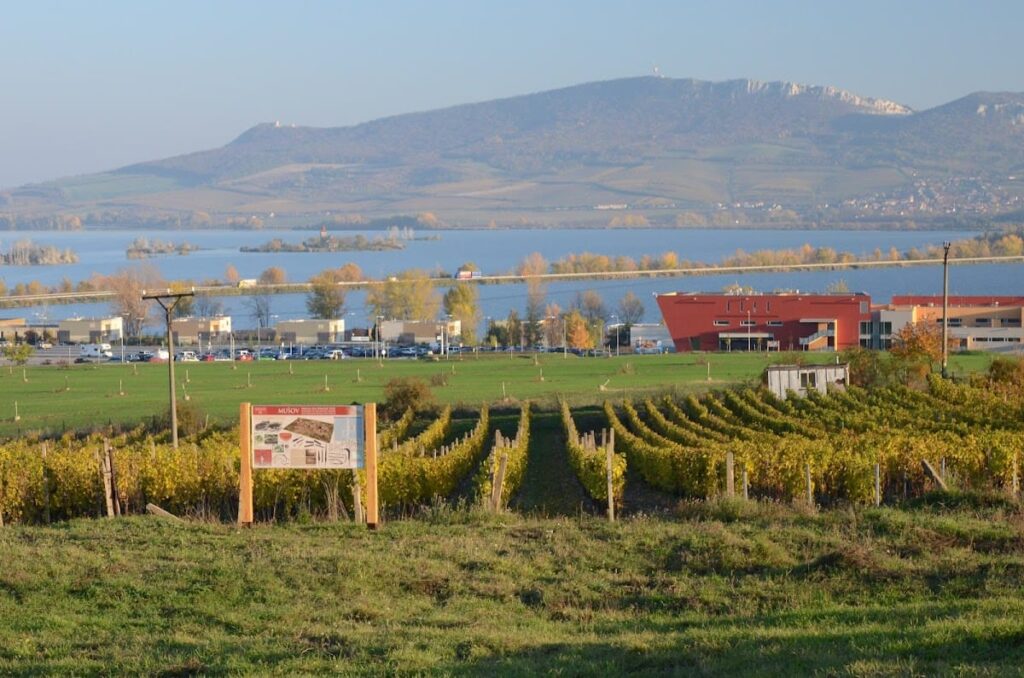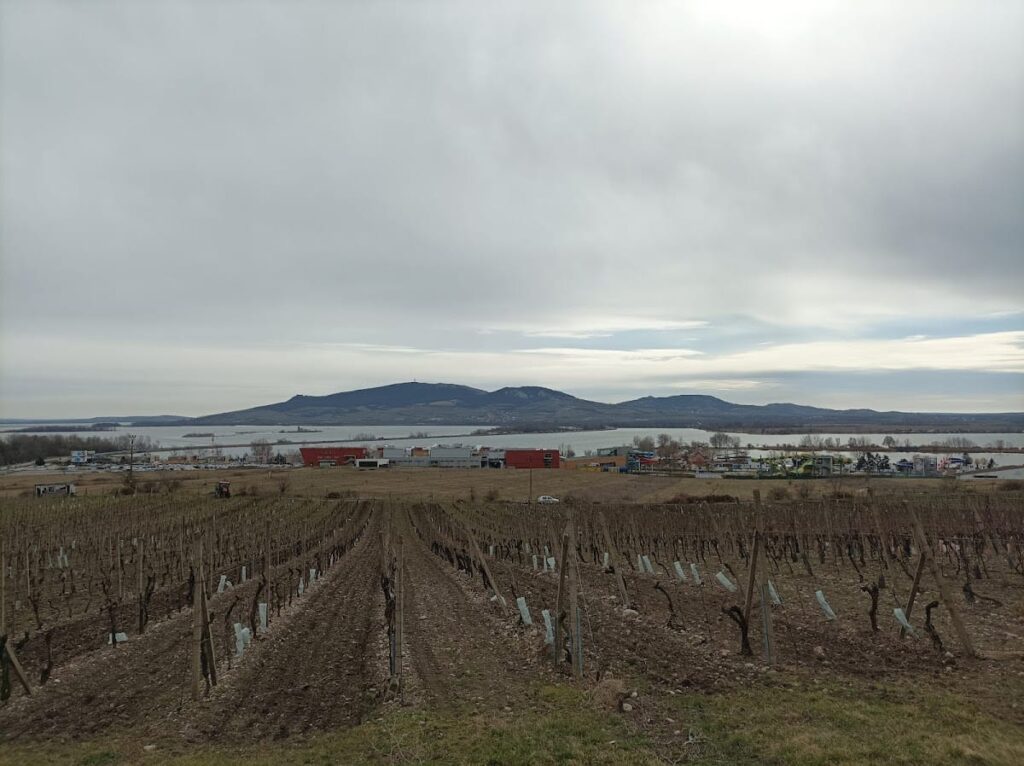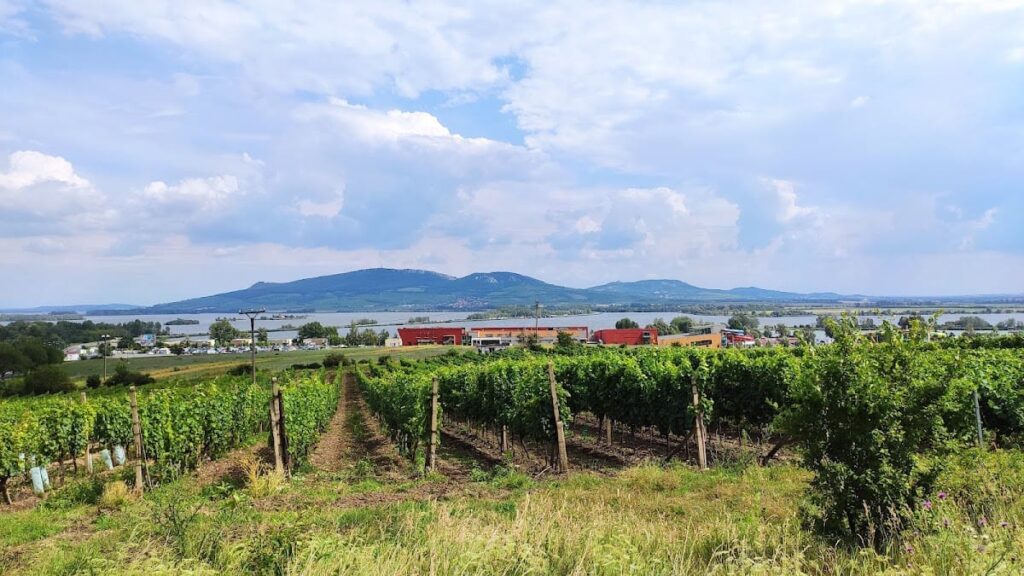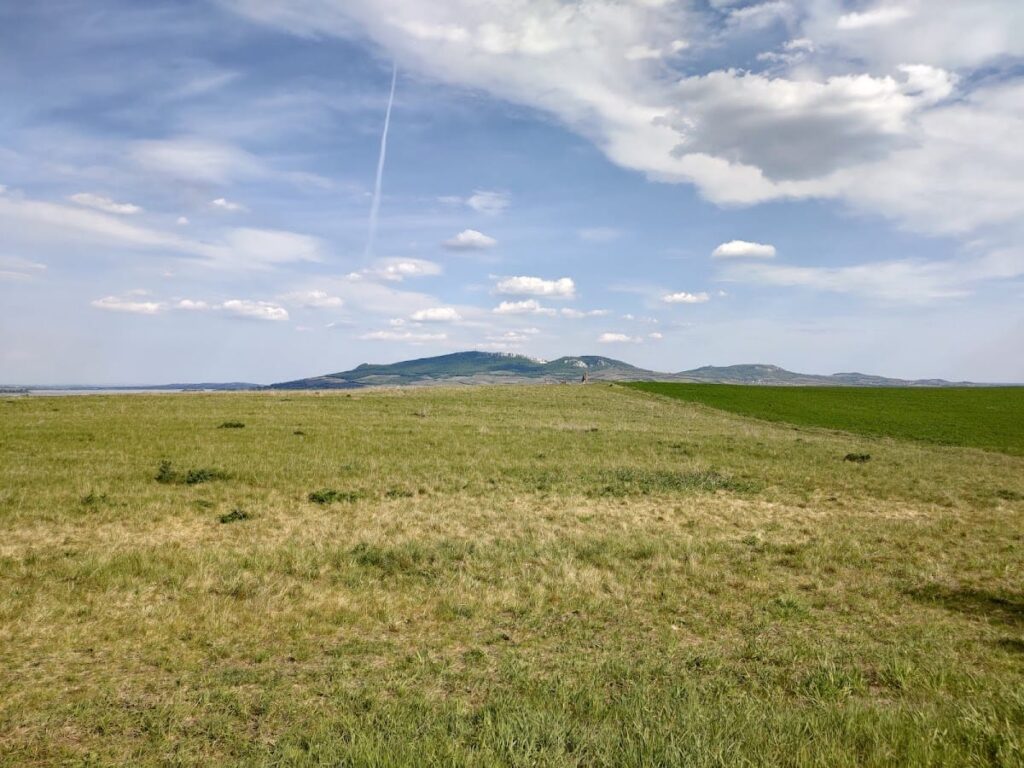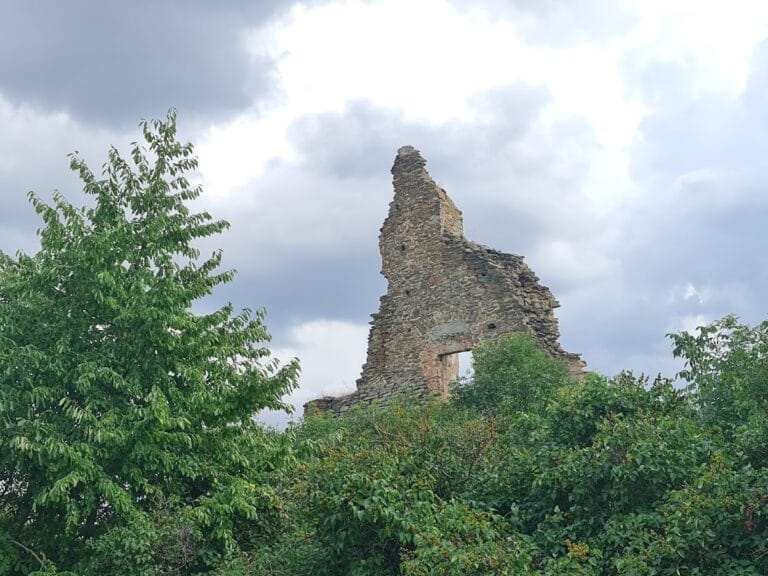Roman Fort Pasohlávky: A Late 2nd Century Military Site in the Czech Republic
Visitor Information
Google Rating: 4.3
Popularity: Very Low
Google Maps: View on Google Maps
Official Website: www.branadorimskerise.cz
Country: Czechia
Civilization: Roman
Remains: Military
History
Roman Fort Pasohlávky, located near the village of Pasohlávky in the Czech Republic, was established by the Roman Empire during the late 2nd century AD. It was constructed between 172 and 180 AD under Emperor Marcus Aurelius, amid the Marcomannic Wars, a series of conflicts between Rome and Germanic tribes. The fort was built far beyond the Danube frontier, deep inside hostile territory, roughly 80 kilometers north of Vindobona, the Roman military center at modern Vienna.
During its active period, the fort served as a key military base controlling important river crossings and land routes at the meeting point of the Jihlava, Svratka, and Dyje rivers. It functioned as a central hub for Roman occupation forces, coordinating troops, managing supplies, and providing care for the wounded. The site may also have housed high-ranking individuals close to the emperor, reflecting its strategic and administrative importance during the Marcomannic Wars.
The fort’s presence illustrates a rare example of Roman military expansion beyond the Danube in this region. It was part of a broader network of military installations, including several temporary field camps nearby, which supported the Roman campaign against local Germanic groups. After the end of the Marcomannic Wars around 180 AD, the fort was likely abandoned as Roman forces withdrew to more secure borders. No later phases of occupation or significant changes in the site’s use are documented.
Remains
The Roman Fort Pasohlávky occupies the top and southern and eastern slopes of a hill about 50 meters above the surrounding land, overlooking the Dyje River. Its layout follows Roman military design principles adapted to the terrain, though the full internal arrangement remains only partially understood. The fort was constructed in the 2nd century AD using typical Roman building methods for military sites.
Among the most notable archaeological features is a bath complex, which included warm and hot rooms heated from beneath the floors. This underfloor heating system demonstrates advanced Roman engineering and suggests the fort provided comfortable amenities for soldiers or important occupants.
Excavations have uncovered a bronze coin bearing the image of Emperor Marcus Aurelius, confirming the fort’s dating and imperial connection. Surrounding the main fort, aerial surveys have revealed several large temporary Roman camps marked by ditches and earthen ramparts. These camps, some covering up to 50 hectares, likely housed thousands of troops in tents and temporary shelters, contrasting with the permanent stone or brick structures of the fort itself.
The site today consists of fragmentary remains, with some features visible and others known only through archaeological investigation. No inscriptions or legends associated with the fort have been documented. The discovery and study of Pasohlávky contribute valuable knowledge about Roman military strategy and occupation in Moravia during the late 2nd century.
